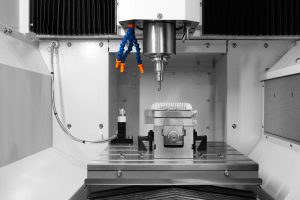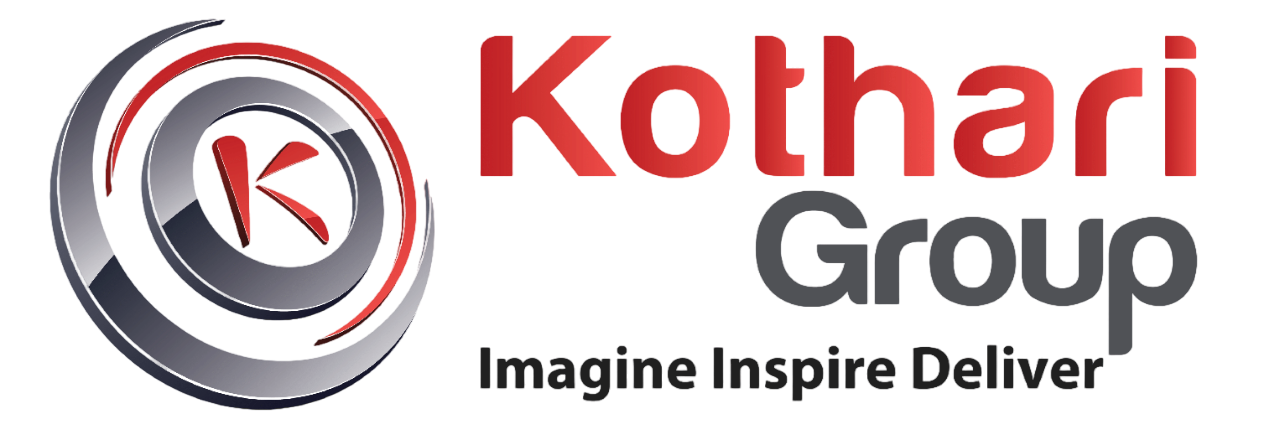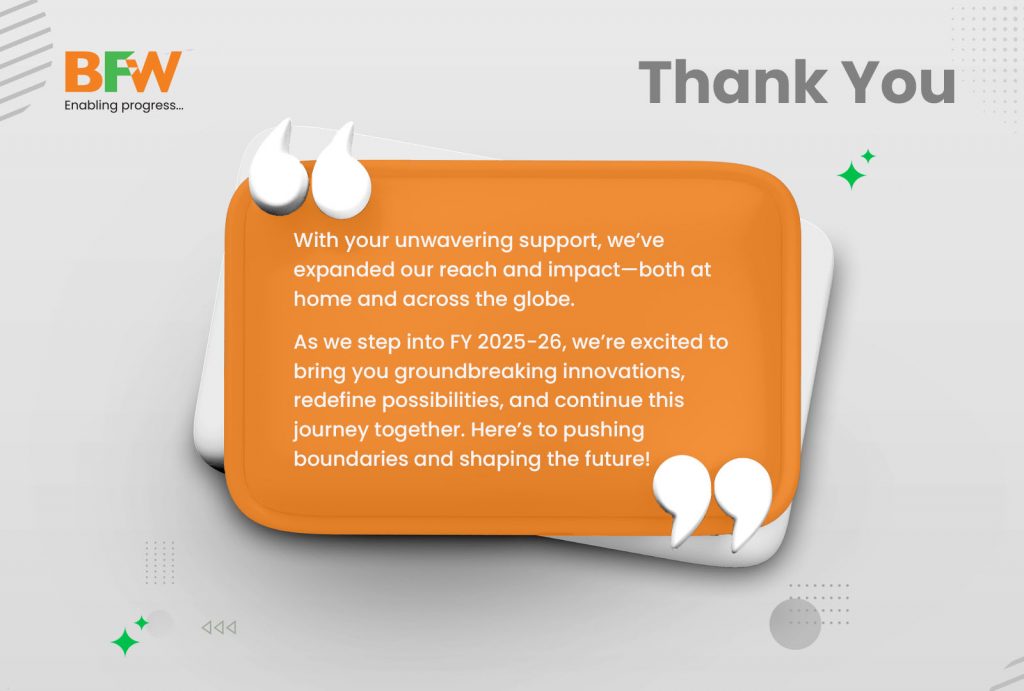Lean manufacturing is a concept and a toolkit that helps reduce waste, optimize processes, and add value to customers. This method was first used by the Toyota Production System. It has since gained widespread adoption in the automotive sector.
Over time, other industries learned from the automotive industry’s use of lean tools. In this blog, we look at how lean tools systems can be used in the machine tool industry, particularly focusing on how Bharat Fritz Werner (BFW) approaches manufacturing through lean tools.
What are lean tools?
Lean tools aim to decrease waste, enhance quality control, and boost productivity in manufacturing systems. In short, lean tools remove processes that aren’t valuable in the manufacturing system across industries, including engineering and automotive.
There are many different types of lean tools; however, in this blog, we focus on the following:
1. Bottleneck analysis
2. Gemba analysis
3. Heijunka
4. Policy Deployment
5. PDCA (Plan, Do, Check and Act)
6. Standardized work
7. Takt time
8. Visual factory
9. Pull system
BFW’s new and advanced smart manufacturing facility in Hosur utilizes many of these lean tool techniques. Let’s look at these nine lean tool applications in detail.
Lean manufacturing tools and techniques
1. Bottleneck analysis
Bottleneck analysis is an approach that helps identify and improve specific stages in the manufacturing process that limit overall throughput. This method helps address current operational challenges and anticipate future issues within the workflow. For instance, BFW applies the bottleneck analysis system at the levels of each product family, product model and product variant. This strategy is performed on various solutions, including alternate sources of supply, improving lead time through process improvements, low-cost automation, and process resequencing, to name a few. This strategy helps improve throughput by strengthening the weakest link in the manufacturing process.
2. Gemba analysis
Gemba analysis refers to the actual act of observing processes and people to identify waste or inefficiencies. The term ‘Gemba’ means ‘the real place’. For instance, in machine tool manufacturing, Gemba analysis would involve visiting the shop floor to observe processes, interact with shop floor employees, understand the manufacturing process, and identify gaps. By following this method, BFW gets a deep and thorough understanding of real-world manufacturing issues – by first-hand observation and by talking with shop floor employees.
3. Heijunka
Heijunka is a process which consciously manufactures in much smaller batches by sequencing product variants within the same process. This is applied by separating slots for higher work content vs lower work content models enabling overall system efficiency. This lean manufacturing technique helps decrease lead time by manufacturing each product or variant more frequently. In addition, it also reduces inventory by utilizing smaller batches. It is helpful in machine tool manufacturing, which requires production in small batches.
4. Policy Deployment
Policy Deployment aligns the company’s goals (strategy) with the plans of middle management (tactics) and the activities carried out on the shop floor (action). This lean manufacturing method guarantees a consistent and comprehensive progression toward strategic goals, reducing inefficiencies from inadequate communication and inconsistent direction. For instance, BFW took a top-down Policy Deployment approach for the year with KPIs and goals, drilling down to the bottom-most level in the hierarchy. This has enabled clarity in the organization’s overall priorities.
5. PDCA (Plan, Do, Check and Act)
PDCA lean manufacturing tool that involves four tasks:
- Plan: create a plan and expected results
- Do: implement the plan
- Check: track and verify the expected results
- Act: review, analyze, and repeat
This approach to reducing inefficiencies and improving performance helps develop a plan, experiment, evaluate results, refine the experiment, and try again.
6. Standardized work
Standardized work involves documented procedures for manufacturing that follow best practices, including the time required for each task. This documentation must be dynamic and easily modifiable. Standardized work eliminates waste by consistently applying best practices and establishes a baseline for future improvement activities.
7. Takt time
Takt time represents the production pace, that synchronizes with customer demand. It is calculated as Planned Production Time divided by Customer Demand. Takt Time offers a straightforward, consistent, intuitive approach to improving production. Additionally, it can be effortlessly extended to establish an efficiency goal for the plant floor, calculated as Actual Pieces divided by Target Pieces.
8. Visual factory
A visual factory employs visual indicators, displays, and controls across the manufacturing plant to enhance information communication. The benefit of a visual factory lies in making the state and condition of manufacturing processes easily accessible and clear to everyone involved.
9. Pull system
A pull system is a lean manufacturing tool that aligns production with customer demand. In this system, individual customers initiate requests for products, avoiding automatic or manager-driven requests. This system has many benefits, including waste reduction, as manufacturing companies only produce as per demand.
Summing up
Lean tools provide short-term quick wins and long-term strategies for the growth of our machine tools manufacturing business goals.
At BFW, we follow the sustainable implementation of lean principles through an ongoing commitment to improvement. Our goals include consistency, productivity, efficiency, quality, and customer satisfaction enhancement.
If you’d like to know more about our lean tools manufacturing strategies and how we could enhance your manufacturing business, reach out to our experts.










